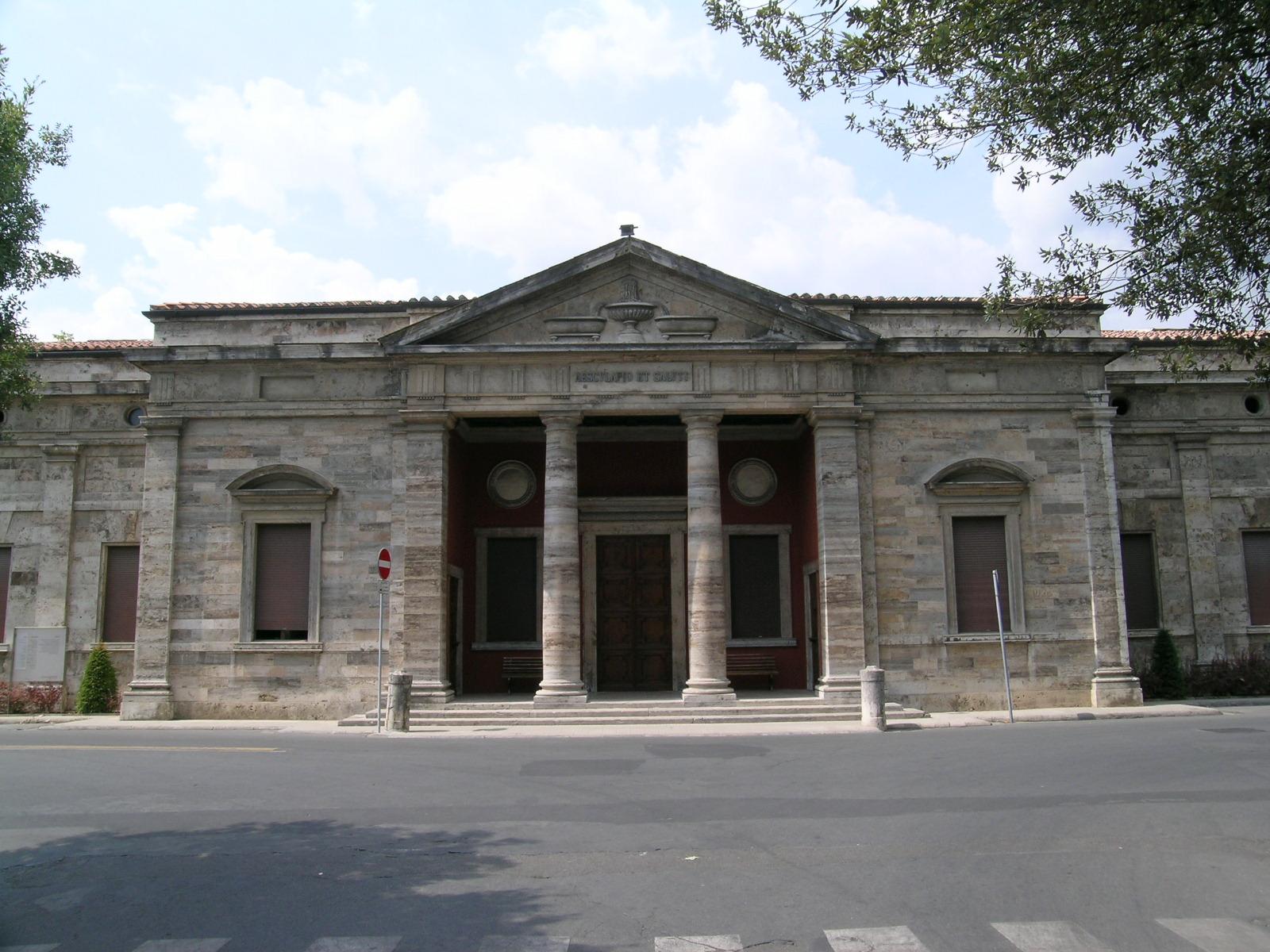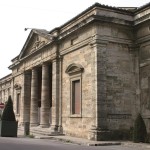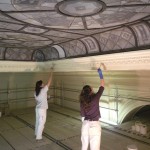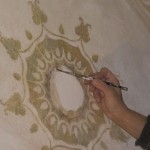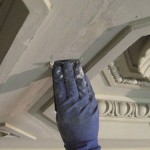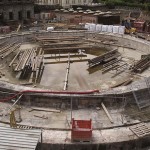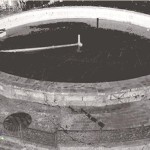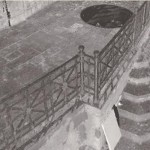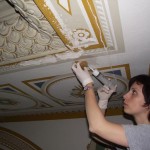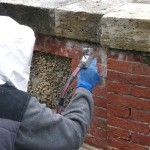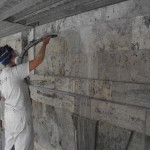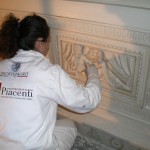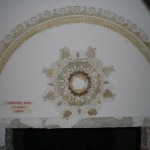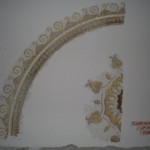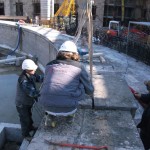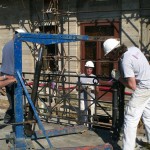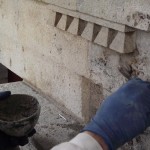The Leopoldina Spa was built in 1775 at the request of Grand Duke Leopold who commissioned the architect Gaspero Maria Paoletti to do it. Paoletti created a neoclassical building in plan, facing outwards to the “great bathing areas” and inwards to the circular crater, of the “Leopoldina”, the hottest of all the hot springs in the area. The Leopoldine Spa building has remained constant in it’s purpose over the decades and continues intact in its thermal vocation today.
The redevelopment project will maintain unchanged the function of the site and the original layout will be restored and consolidated. Interventions will be limited and will have the objective of integrating new spaces and pathways into the original plan.
For the realization of this work at a cost of sixteen million euro, a corporate association of undertakings was set up. CMSA for the building, Siram for engineering and PIACENTI Spa for restoration;
The restoration project was drawn up by Arch. Massimiliano Fuksas, artistic director of the programme which is currently in progress.
Survey and Documentation
The large crater at the centre of the Leopoldina complex, the fulcrum of the project, was laser scanned. This proved most useful in the design programme phase. The virtual image accuracy obtained permitted a better understanding of how to intervene during the restoration.
Restoration interventions
The restoration work concerned the murals, the entrance hall, the grand staircase, the restoration of woodwork (window frames and doors), in addition to restoration of the roof, the attic area and general consolidation work. Outside attention concentrated on the central crater and the facades.
